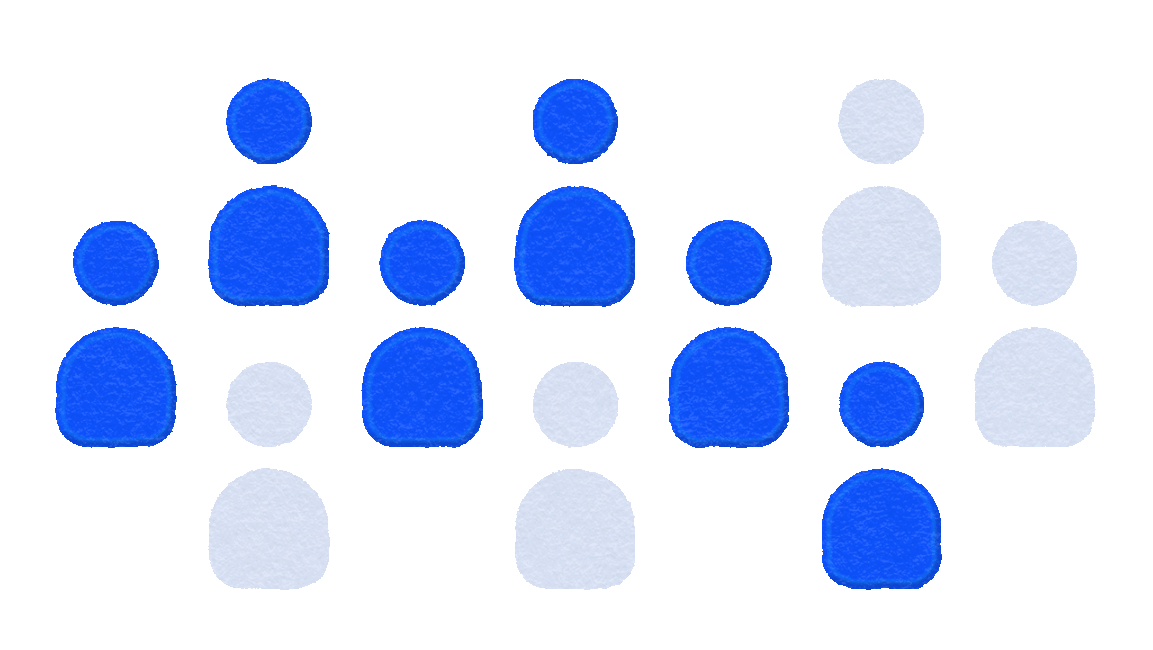The Problem with Medical Debt
Medical debt is not just unfortunate—it’s unjust and uniquely American. This crisis is driven by institutional and systemic issues on a national scale.
$220B+
owed nationwide in medical debt for over 100 million U.S. adults.
Why Medical Debt Happens
Medical debt typically results from unexpected illnesses and accidents.
Our Solution
We support creating a transparent, equitable and affordable healthcare system with comprehensive insurance and accessible financial aid, where no one delays or avoids care because they fear incurring debt.
The Impact of Medical Debt

55%
deferred medical care as a result of medical debt — a finding from our research with Neighborhood Trust.

3x
Those with debt are 3 times more likely to struggle with depression and/or anxiety

7 in 10
of U.S. adults say they receive medical bills they cannot afford.
Who is the most affected?
Medical debt impacts over 100 million people in the U.S., but not equally.
The stories we share, and debts we erase, highlight and reckon with the racial injustice built into the healthcare system.

Nearly 1/2 of U.S. adults struggle to afford healthcare costs.
For Black, Hispanic and low-income adults that figure jumps to at least six in ten.

People of color are disproportionately impacted by medical debt.
Polling reveals that Black adults are 50% more likely and Hispanic adults are 35% more likely to have medical debt compared to white adults.
Learn More About Our Work
Our Policy Goals
Learn how we work to inform and deepen policy conversations around medical debt, affordable and comprehensive health coverage and the ending of extraordinary collection actions.
Stories from Medical Debt Recipients
We’re changing the way people think about medical debt by sharing stories that reveal it is a failure of policies and systems, not people.
